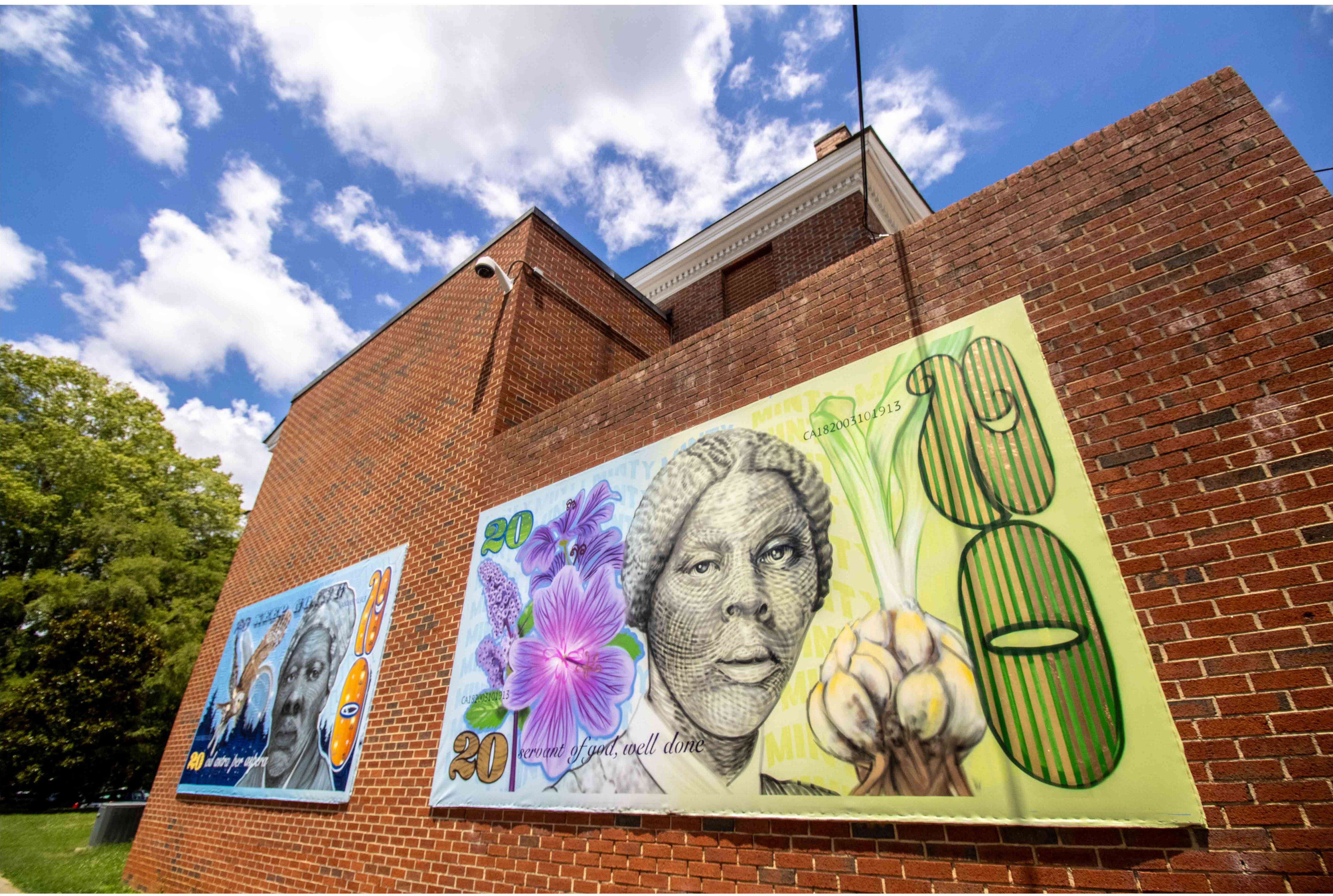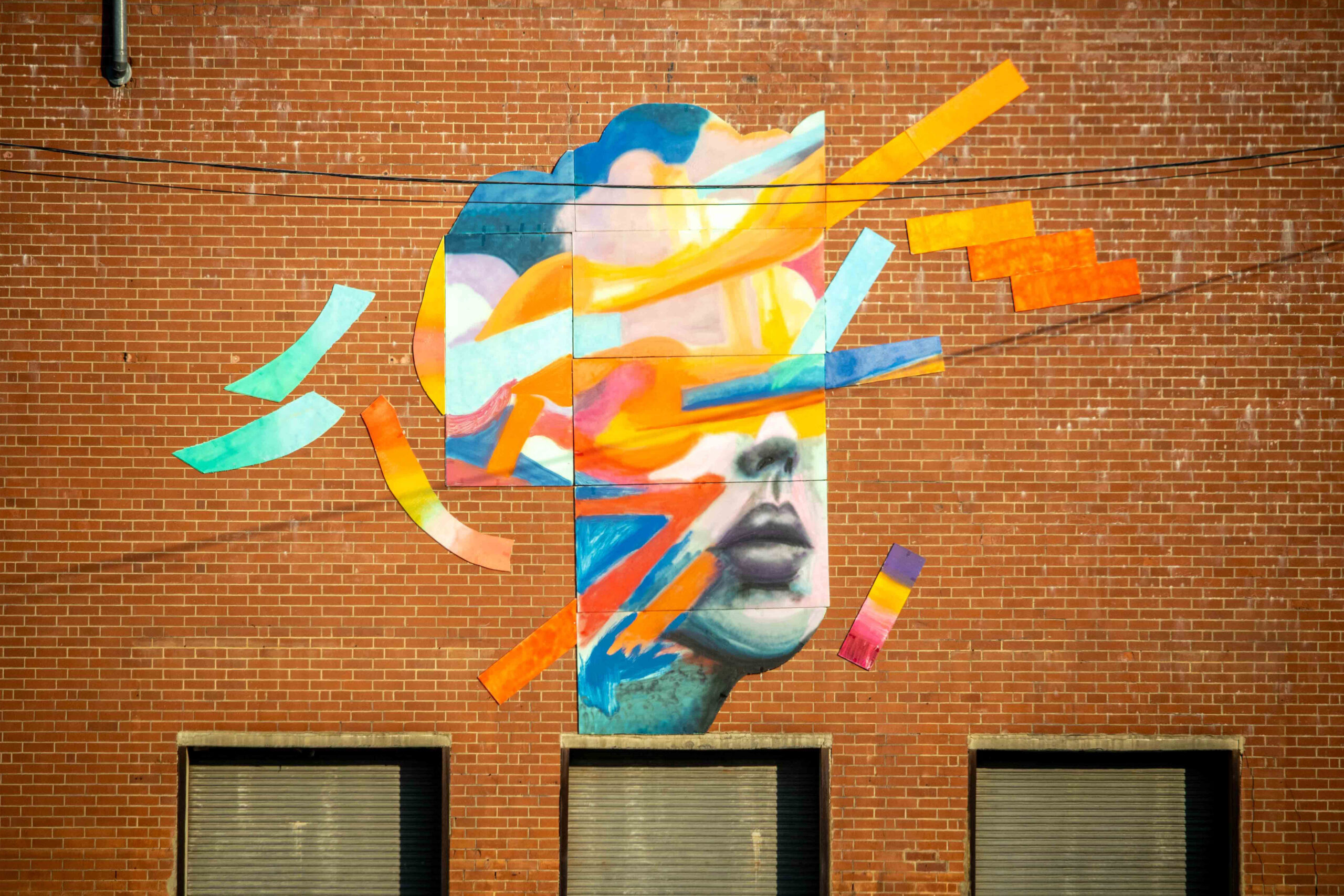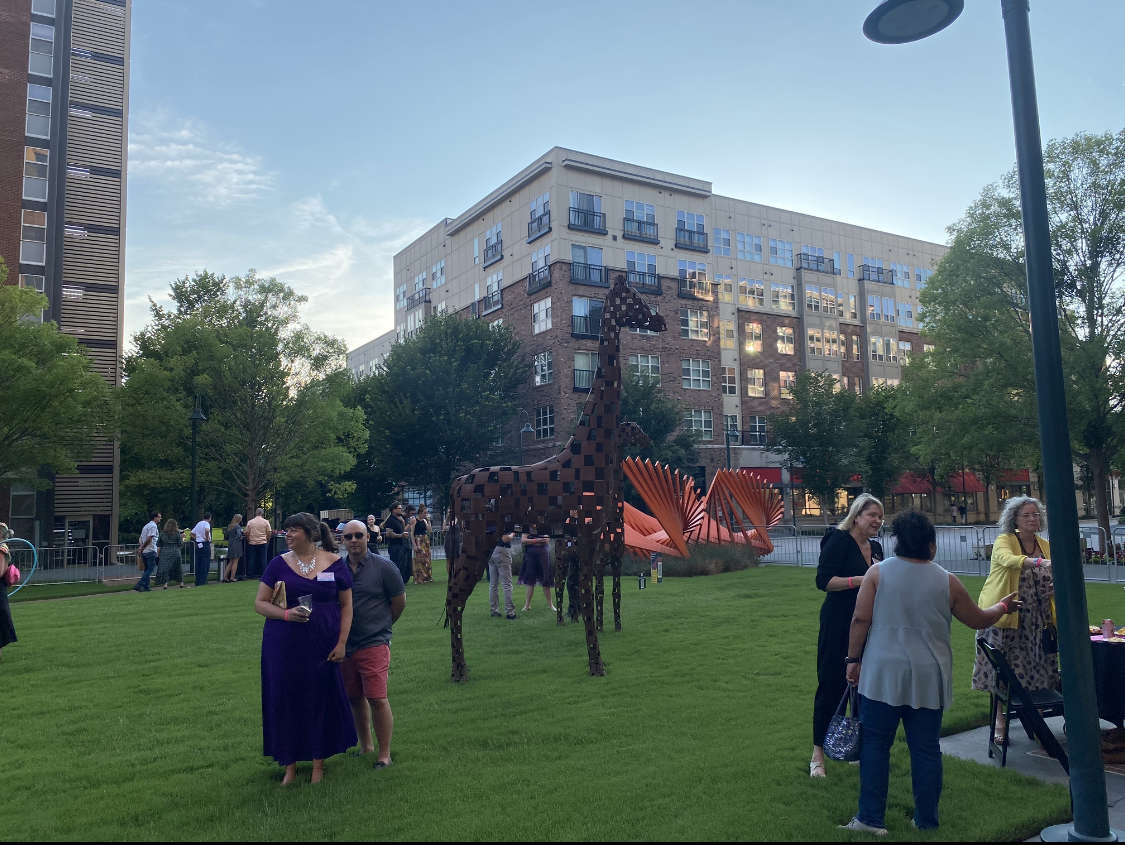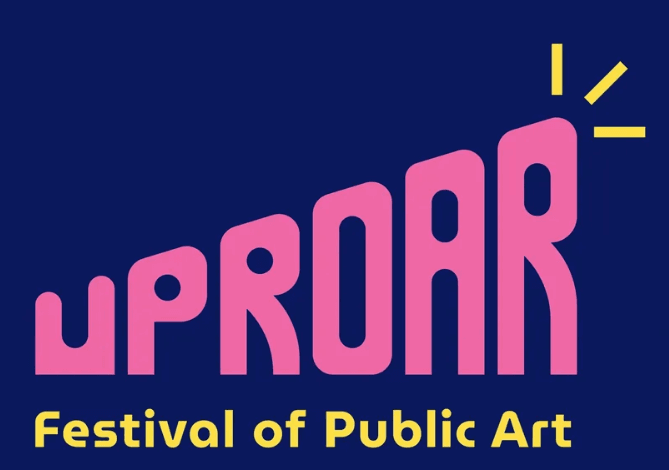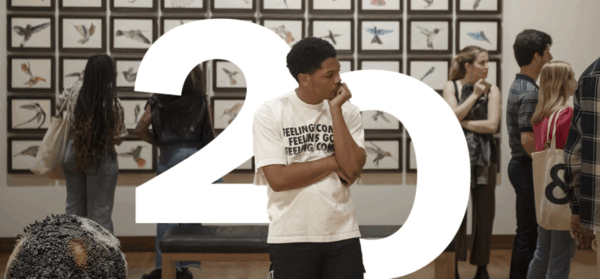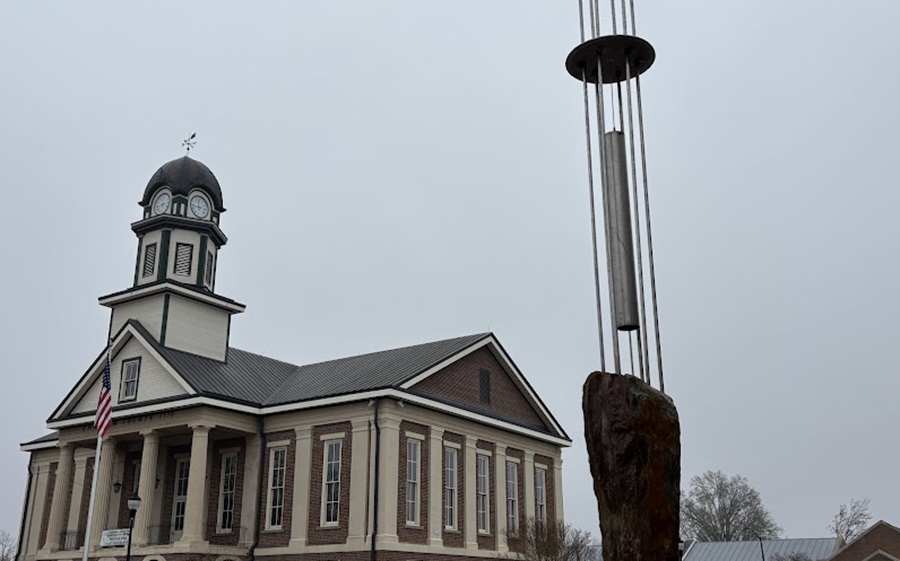
“Viewpoints” is a place on Chapelboro where local people are encouraged to share their unique perspectives on issues affecting our community. All thoughts, ideas, opinions and expressions in this series are those of the author, and do not reflect the work, reporting or approval of 97.9 The Hill and Chapelboro.com. If you’d like to contribute a column on an issue you’re concerned about, interesting happenings around town, reflections on local life — or anything else — send a submission to viewpoints@wchl.com.
A Critical Review of the Power of Good Trouble by Sadie Rose
A perspective from Erik Valera
Chapel Hill has long been lauded, and demonized, for its progressive values. Its commitment to equity is embedded in policies at all levels, and its embrace of a community engagement plan in 2023 stands as a commitment to inclusion. However, the recent removal of Sadie Rose’s The Power of Good Trouble from Peace and Justice Plaza tells a different story.
To borrow from the street artist Banksy. If The Power of Good Trouble changed anything, it would be illegal.
At the November 20th meeting of the Chapel Hill Town Council, Town leadership listened to community feedback, primarily about the perceived connection that the work, and its subsequent removal, is rhetorically advocating for one side or another on the ongoing conflict between Palestine and Israel. Many in the community found the piece painful and divisive. Others expressed outrage toward our Mayor, Council, and Town Manager.
In art as in life, context is everything. The decision of Chapel Hill Cultural Arts to accept this work and install it at Peace and Justice Plaza, had to have taken extensive thought and planning. Keeping with the spirit and purpose of Peace and Justice Plaza, the artwork featured images of local activists, and the bold statement #GOODTROUBLE, a nod to the late great Civil Rights icon, John Lewis. The artist followed the assignment by challenging us to reflect on our shared complicated history of activism and justice in Chapel Hill.
And we the people, responded.
Rather than engaging the artist and each other in a meaningful dialogue about the work, and its placement, the engaged residents of Chapel Hill projected their own interpretations. The community’s response was charged, and the Town Manager, who previously served as our Chief of Police, saw a creditable threat to public safety, therefore he ordered to have the artwork removed.
Public art is inherently provocative. Its purpose is not decorative, to make us comfortable, or confirm our worldview—its purpose is to engage the community. The fact that The Power of Good Trouble by Sadie Rose was removed, exposes the hypocrisy of how we, as a diverse community, engage with our Town Government. And how our Town Government engages us. For this reason, The Power of Good Trouble by Sadie Rose is a masterpiece!
At its best, public art helps us process ideas and feelings collectively. Instead of rising to the occasion to meaningfully engage one another in dialogue, we chose fragility.
Removing the artwork from the Town’s public square suppressed a critical conversation. As well, it clearly signaled to all artists and community members alike that Chapel Hill is either unwilling or unable to confront difficult topics with its residents. This is a retreat from the very principles of openness and inclusion that our town claims to uphold.
The proposed disbandment of the Cultural Arts Commission, a body whose mission is to enhance our community through public art and advise the Town on its role in fostering dialogue and appreciation for the arts, adds insult to injury. Without the Cultural Arts Commission, decisions about public art risk becoming even more insular, and less transparent.
Moments before the November 20th meeting of the Chapel Hill Town Council, Town Manager Chris Blue announced that he will resign from his post in early 2025. There is no reason to think these events are related. Nevertheless, the Mayor and Town Council will now be charged with conducting a search and selecting a new Town Manager, arguably this is the greatest responsibility assigned to this elected body.
We are now confronted with a moment in time that requires our local leaders to make courageous choices. The kind of choices Sadie Rose had to make when producing and installing The Power of Good Trouble for public display at Peace and Justice Plaza. We need our leadership to embody the courage of John Lewis when he urged us to “make good trouble”.
We have a decision to make, will we embrace the discomfort of growth, and engage in meaningful productive dialogues? Or will we let fragility continue to dictate our behavior?
About the author: Erik Valera is a Chapel Hill based artist and community advocate. He is currently the Interim Executive Director of Diamante Arts and Cultural Center, as well as a Board Member of the Orange County Arts Alliance. He’s a member at-large of the Chapel Hill Planning Commission and Chairs the Language Access Committee for Governor Roy Cooper’s Advisory Council on Hispanic/Latino Affairs.
“Viewpoints” on Chapelboro is a recurring series of community-submitted opinion columns. All thoughts, ideas, opinions and expressions in this series are those of the author, and do not reflect the work or reporting of 97.9 The Hill and Chapelboro.com.

